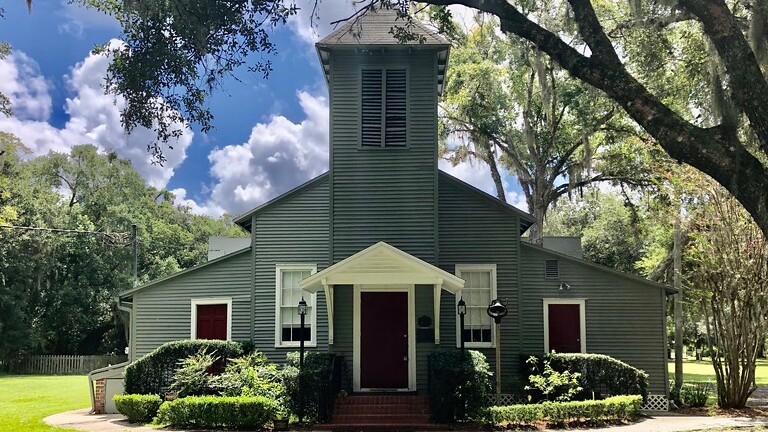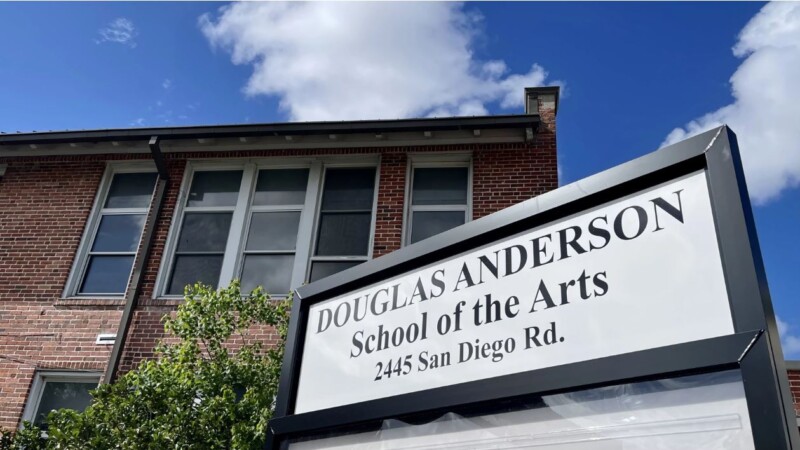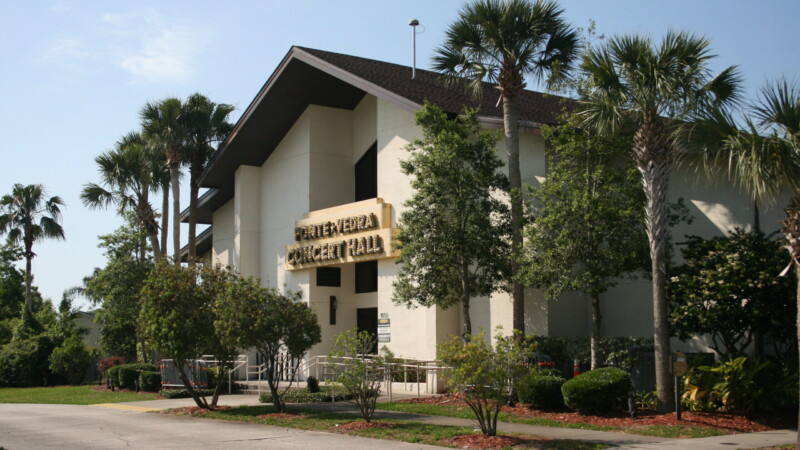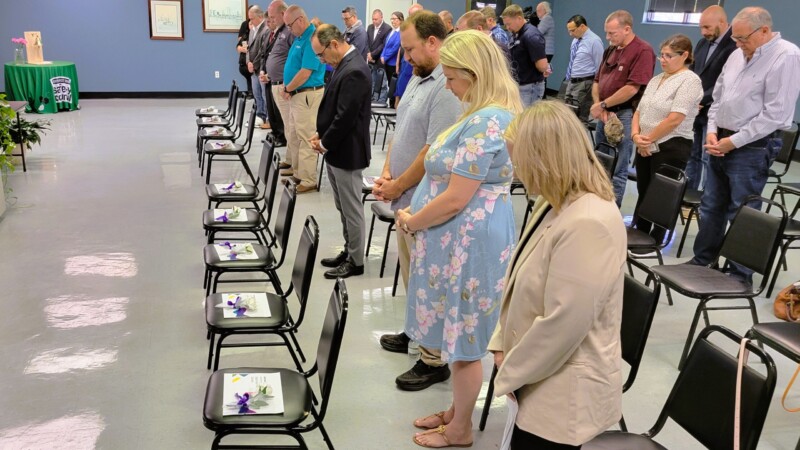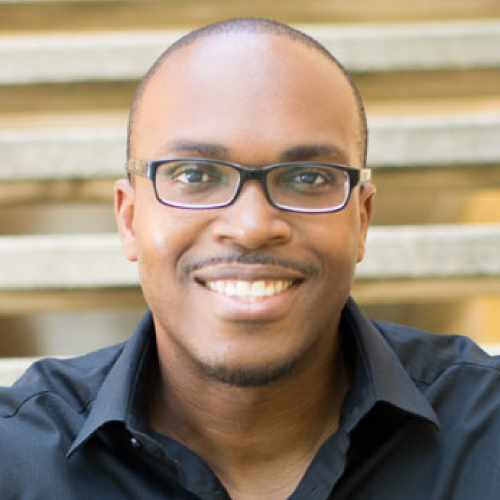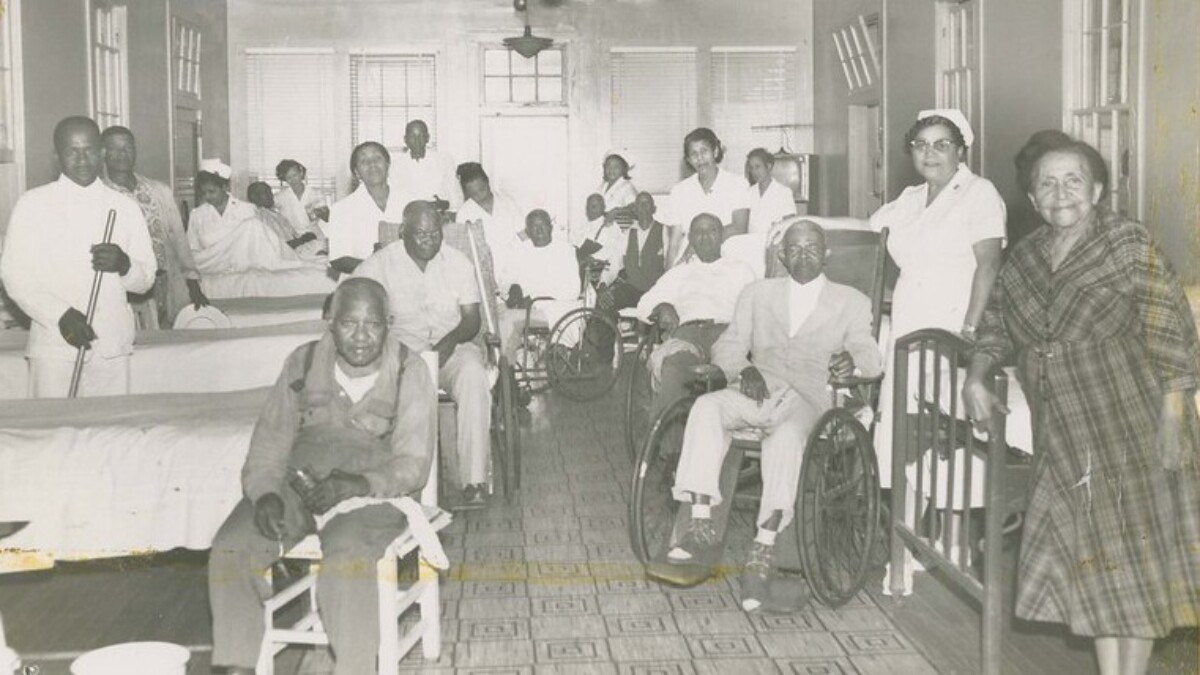
In honor of Women’s History Month, here are four women who were influential in Jacksonville during the 19th century.
Sister Mary Ann Hoare
-X2.jpg)
Born in Ireland, Sister Mary Ann Hoare immigrated to the U.S. in 1848 amid the potato famine. In 1861, she professed her first vows as a Mercy Sister in the Cathedral of St. Augustine. A few years later, the original French pioneer Sisters of St. Augustine lived with the Sisters of Mercy to learn English and become familiar with the region’s culture and life. In 1869, the Sisters of Mercy made plans to leave Florida. However, Sister Mary Ann Hoare and another Mercy Sister were asked by Bishop Verot to remain in St. Augustine and become a Sisters of St. Joseph. In 1869, she was one of the sisters selected to help establish a new community in Jacksonville. During the Civil War, she nursed both Union and Confederate soldiers.
In town, she became known as Jacksonville’s Angel of Mercy. Over the remaining decades of the 19th century, she nursed yellow fever victims in Jacksonville and Fernandina Beach and wounded soldiers during the Spanish-American War, visited prisoners in the Duval County Jail and established St. Mary’s Home for Orphans, the first child care institution in Florida. Sister Mary Ann Hoare died in 1914 at the age of 86.
Anta Madjiguène Ndiaye

Born in 1793, Anta Madjiguène Ndiaye was taken from present day West Africa and sold into slavery as a wife to Zephaniah Kingsley in 1806. Considered “one of Florida’s most flamboyant slaveholders,” Kingsley had impregnated Ndiaye by the time they arrived in Florida. Legally emancipated in 1811, Ndiaye, known as Anna Madgigine Jai Kingsley in Spanish Florida, eventually began to run Kingsley’s Laurel Grove plantation while he was away on business. In 1813, as a free woman, she was granted title to five acres of land by the Spanish government in present day Mandarin, where she began to sell poultry and other goods to the area’s settlers. That same year, during the Patriot Rebellion, Anna Kingsley set fire to Laurel Grove to prevent her family and enslaved from being seized by Patriot raiders. As a result of her loyalty, she was granted 350 acres by the Spanish governor. In 1814, Kingsley relocated to Fort George Island near the mouth of the St. Johns River.
At Kingsley Plantation on Fort George Island, Anna maintained her West African customs and practices. After Florida was ceded to the U.S in 1821, the conditions for free people of color in Florida changed for the worse. During the 1830s, legislation was passed that blurred the distinction between free people of color and the enslaved. Because of this, the Kingsleys, their descendants and enslaved relocated to Haiti in 1837. After Zephaniah Kingsley’s death in 1843, his white relatives contested his will in an attempt to take the inheritance that was intended for Anna and their children. In 1846, Anna returned to Florida to participate in the defense of her right to the Kingsley estate, which was successful. During the Civil War, she and her children became Union sympathizers. In 1870, she passed at the age of 70 and was buried in present day Arlington.
Martha Reed Mitchell

Born in Westford, Massachusetts, in March 1818, Martha Reed Mitchell was a well-known philanthropist and socialite throughout the U.S. and abroad. Her brother Harrison Reed was the ninth governor of Florida, serving from 1868 until 1873 during the Reconstruction era. Her husband, Alexander Mitchell, was one of the most prominent men in Wisconsin.
In Wisconsin, Martha Reed Mitchell organized the Protestant Orphan Asylum of Milwaukee. After the Civil War, the Reeds made Jacksonville their winter home. Here, they established a large estate along the St. Johns River, near present day San Marco, that was called Villa Alexandria. While here, she became interested in the charities of Florida. She was one of the first vice-regents of the Mount Vernon Ladies’ Association and one of the most prominent philanthropists associated with St. Luke’s Hospital. Following the death of her husband, she made Villa Alexandria her permanent home in 1888.
Reed died in 1902 at the age of 84. Her works are now held by the Fred W. Smith National Library for the Study of George Washington.
Harriett Beecher Stowe

Harriet Beecher Stowe (1811–1896) was an internationally renowned author well before she ever set foot in Florida. Her 1851 anti-slavery novel Uncle Tom’s Cabin was a sensation, stoking the fires of the abolition movement in the years before the Civil War. Her prolific output included several more bestsellers and other works including Dred: A Tale of the Great Dismal Swamp and The Minister’s Wooing.
In 1867, hoping to help newly freed African Americans during Reconstruction, she established a winter residence in Northeast Florida. The move inspired some of her most significant later work and shaped public perceptions of Florida for decades.
Stowe’s connection to the First Coast began in 1866, when she purchased the former Laurel Grove plantation in Orange Park for her son Fred to farm. The Laurel Grove project failed within a year, but Stowe was so enchanted by Florida that she decided to make it her permanent winter home. She bought a cottage and orange grove across the St. Johns River in Mandarin.
The slow-paced lifestyle and subtropical scenery afforded ample time and inspiration for Stowe’s writing and social projects. In Mandarin she wrote Oldtown Folks, which she considered her best novel. In 1869 she bought property in Mandarin to establish a school that would educate black and white citizens alike, including children, freedmen and women, and anyone else who wanted to enroll. The Mandarin School also hosted church services and community meetings.
The Stowe family helped establish another church in Mandarin, the Episcopal Church of Our Saviour. Stowe also wrote columns about her experiences in Florida for northern newspapers, which were ultimately collected in the 1873 book Palmetto Leaves. This has a particular place in history as perhaps the first ever promotional book about Florida. The book proved hugely popular and inspired many to visit and invest in Florida, becoming a major catalyst for the state’s first real estate and tourism boom.
Stowe divided her time between Mandarin and New England until 1884, when advancing age made long travel untenable. She returned permanently to Connecticut, where she lived until her death in 1896.
Today, Stowe is memorialized across the neighborhood of Mandarin. Her 1873 school building now serves as the Mandarin Community Club and a memorial to Stowe’s time in Florida. Plaques mark the location of her home, bulldozed in the 1940s, and the Episcopal Church of Our Saviour, lost to Hurricane Dora in 1964.


